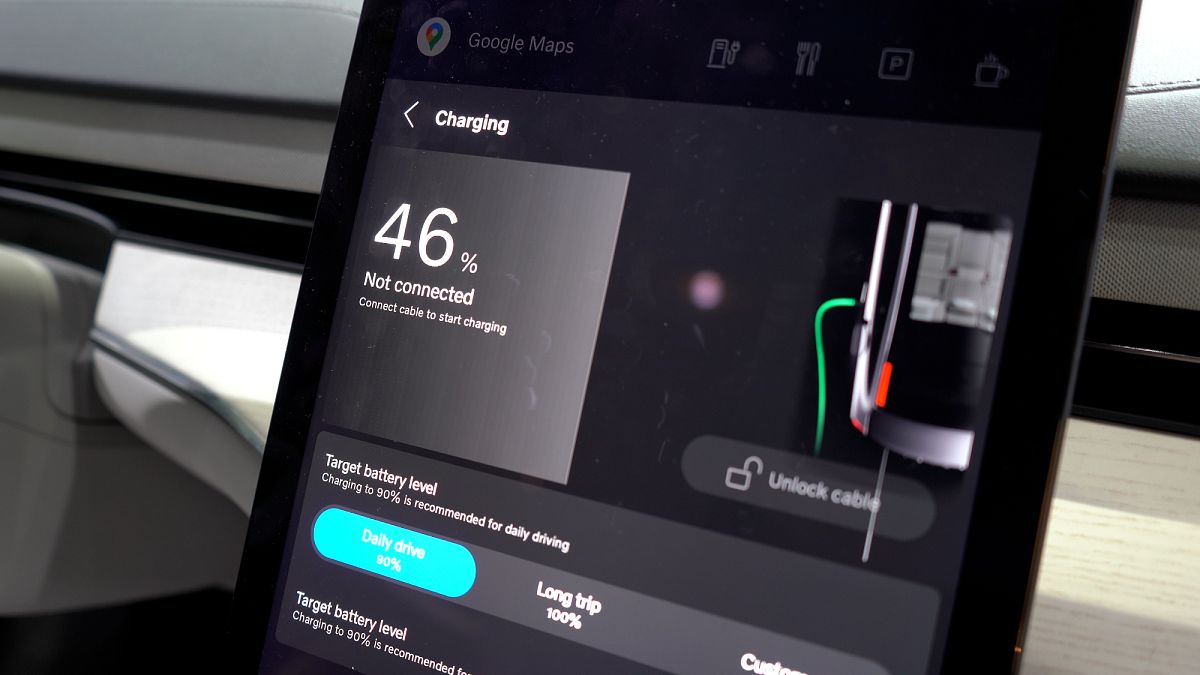

As we stand on the brink of an evolving technological landscape, the integration of artificial intelligence (AI) in various sectors continues to shape our daily lives in profound ways. A significant area of interest is the implementation of AI in electric vehicles, promising enhanced efficiency and safety in battery charging systems. Meanwhile, advances in AI are also making waves in employment structures within the tech industry. These developments, coupled with an extraordinary natural phenomenon—a record-setting lightning flash—invite us to ponder the intricate connections between technology, environment, and society.
AI’s potential to transform electric vehicles lies in optimizing the battery charging process. At present, electric cars are typically charged without the assistance of AI, but integrating AI systems can bring about multiple benefits. These intelligent systems could significantly enhance the precision of battery estimations, ensure optimal charging times, and consequently extend battery life. However, this integration is not without its challenges, as errors in AI-driven systems could potentially lead to safety risks, such as electrical malfunctions.
In the broader tech world, AI has become a catalyst in the structural reshaping of workforces. Several major tech companies have recently announced workforce reductions, citing advancements in AI as a core reason. However, industry experts stress that this narrative is more nuanced than it initially appears. While AI indeed contributes to automation that can replace certain job functions, it also creates new opportunities and demands for skill sets centered around the development and maintenance of these technologies. Consequently, the current wave of layoffs reflects a complex interplay of technological advancement, economic pressures, and evolving job markets.
In an unrelated yet captivating occurrence, the World Meteorological Organization (WMO) has confirmed a remarkable record in natural phenomena—a lightning flash that spanned an astonishing 515 miles across the United States. Captured on 22 October 2017, this single flash extended from east Texas to near Kansas City, Missouri. Such an extraordinary event provides scientists with invaluable data, deepening our understanding of meteorological dynamics and offering insights into weather patterns that could influence various sectors, including agriculture and energy.
The intersection of these narratives—AI’s dual role in electric vehicles and job markets, and the awe-inspiring natural spectacle—serves as a reminder of the interconnectedness of our world. As we navigate these developments, embracing technological advancements with a mindful approach while remaining aware of their broader implications becomes paramount. These stories not only highlight the transformative nature of AI but also encourage a reflective pause as we consider the strides being made in understanding our planet’s extraordinary phenomena. By embracing these changes and examining their impacts with a thoughtful perspective, we can forge a future that harmonizes technological progress with societal well-being and environmental stewardship.
Source: {link}
